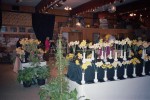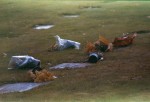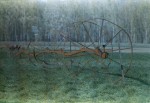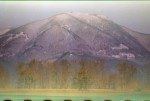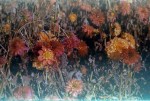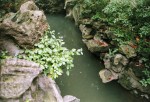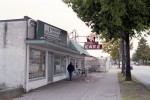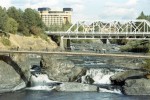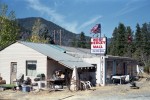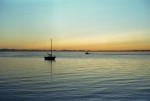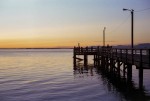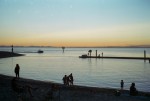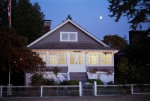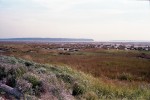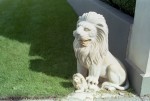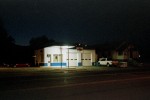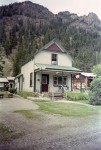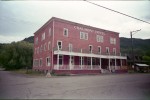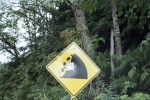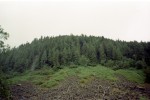Dec
29
2018

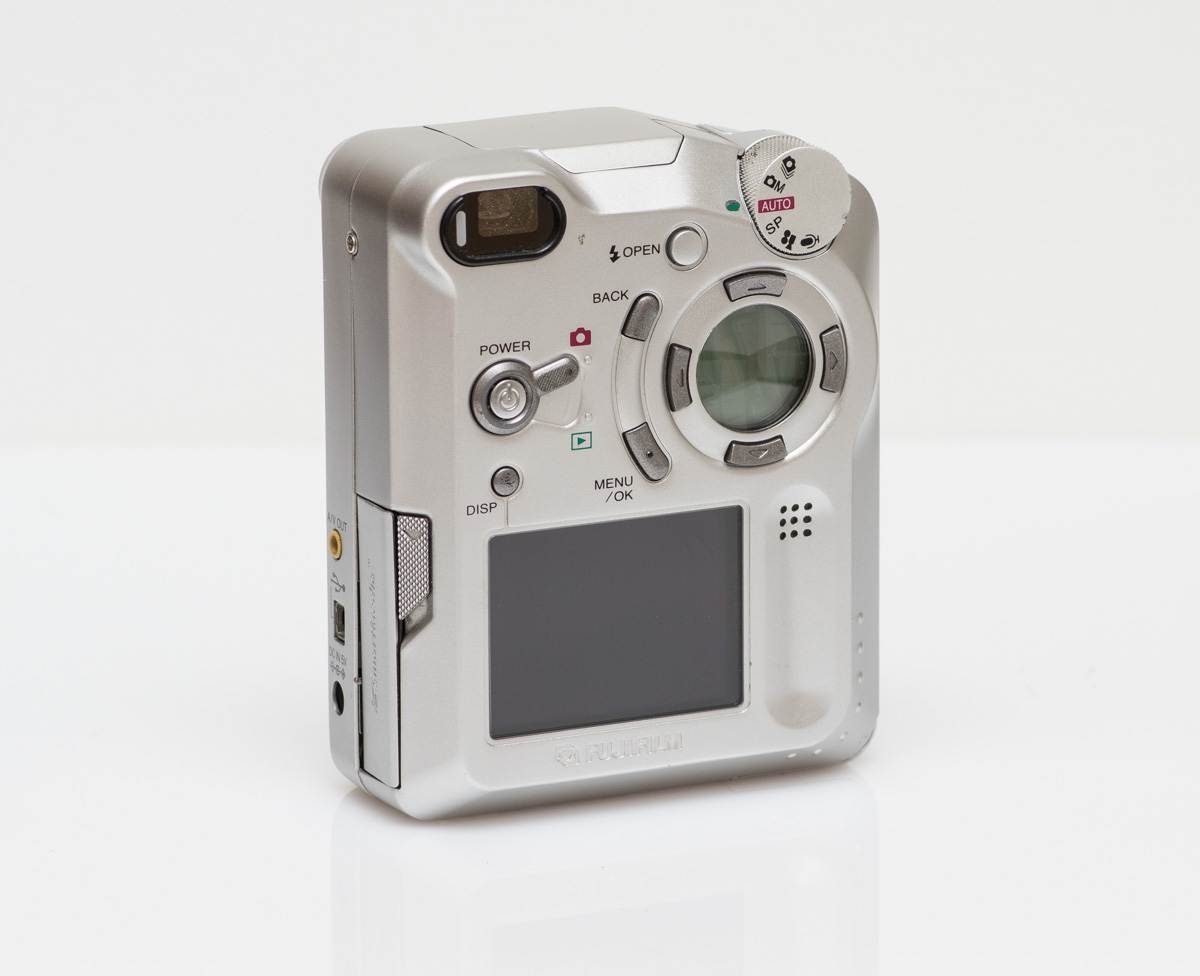
Lets be honest the Fuji 6800z cant be considered as a viable photography tool after 17 years but as an object of design it is interesting. It sits well outside the norms of how we expect cameras to look and function today. It wasn’t the first camera in the line to have this upright form factor but it was the last and arguably the nicest. The differences in design between it and the previous 4700z may be attributed to the use of an outside design firm F.A. Porsche and the choice to use higher quality materials. Briefly digressing to talking about it as a camera it used what Fuji referred to as a super CCD and as you may notice it doesn’t say how many megapixels it was on the outside which seemed like it was almost a bylaw for cameras at the time to have. This may be due to the fact that it used interpolation to go from its native 3.3mpixels to 6.6mpixels with a lot of debate and controversy to go with it.
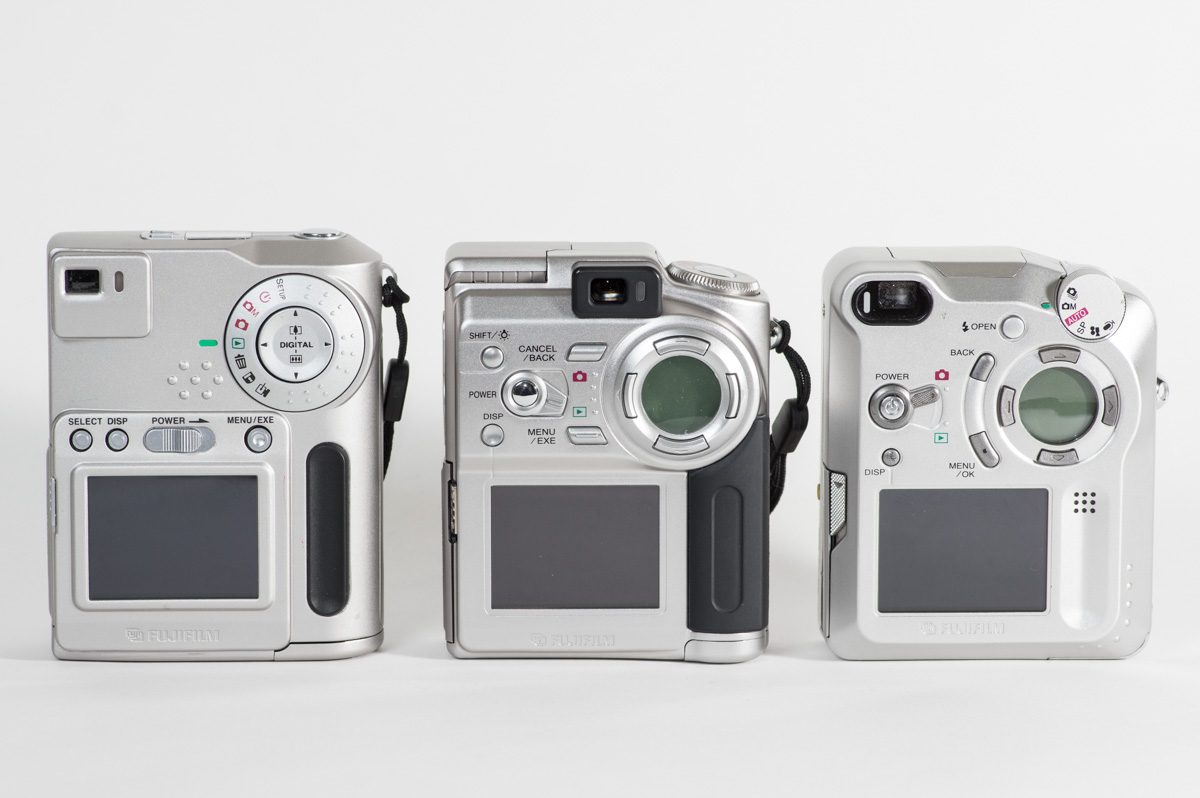
From Left to right the Fuji Finepix 700, 4700 Zoom, 6800Z
Porsche Design has refined the vertically shaped design of the two FinePix cameras, ensuring improved grip for safer and more comfortable handling. Switches and other operational buttons are also clearly laid out on the back of the camera body, enabling all operations to be carried out using one hand in a truly user-friendly design. Other design improvements are apparent, too. For example, the small dot matrix LCD inside the four-direction button is brighter and thus easier to use than those in earlier models.
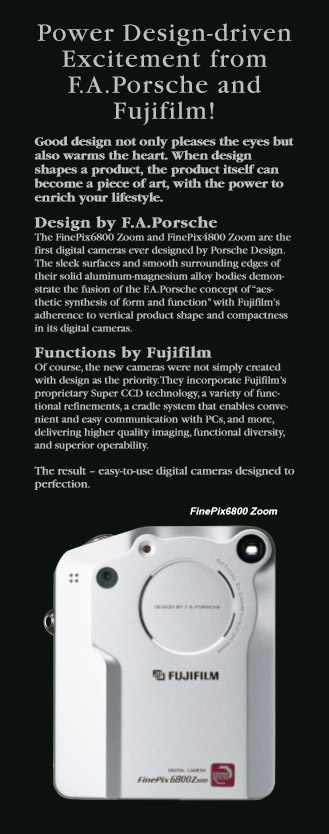
I don’t think that any camera companies would attempt a design like this today (2018). It strikes me as ironic that after the burst of different digital camera design ideas it has been the more traditional looking cameras that wouldn’t look out of place beside many film cameras that have won out. Even phones which are arguably the point and shoot cameras of today have settled into what looks like a single form factor with outlier’s being smacked down by the market.
no comments | posted in Cameras, Photography
Dec
22
2018

The problem with writing about older cameras is that there tends to be nothing new about them. That issue is multiplied by the number of versions of this particular camera that are out there. Personally I wouldn’t pay the prices some people ask for the Leica mini particularly because the same camera exists as the: Minolta Freedom Escort, Olympus Trip AF mini, Panasonic Super Mini, Blacks Sassy and possibly others and they tend to be had for far less money. However if you want a Leica and your on a budget here’s your camera.
 Notice how they say Leica design lens not that it is a Leica lens although if your using this camera and that matters to you then the question is “Why are you using this camera?” And because that doesn’t matter to me here are the obligatory pictures from it.
Notice how they say Leica design lens not that it is a Leica lens although if your using this camera and that matters to you then the question is “Why are you using this camera?” And because that doesn’t matter to me here are the obligatory pictures from it.
no comments | posted in Cameras, Photography
Dec
8
2018
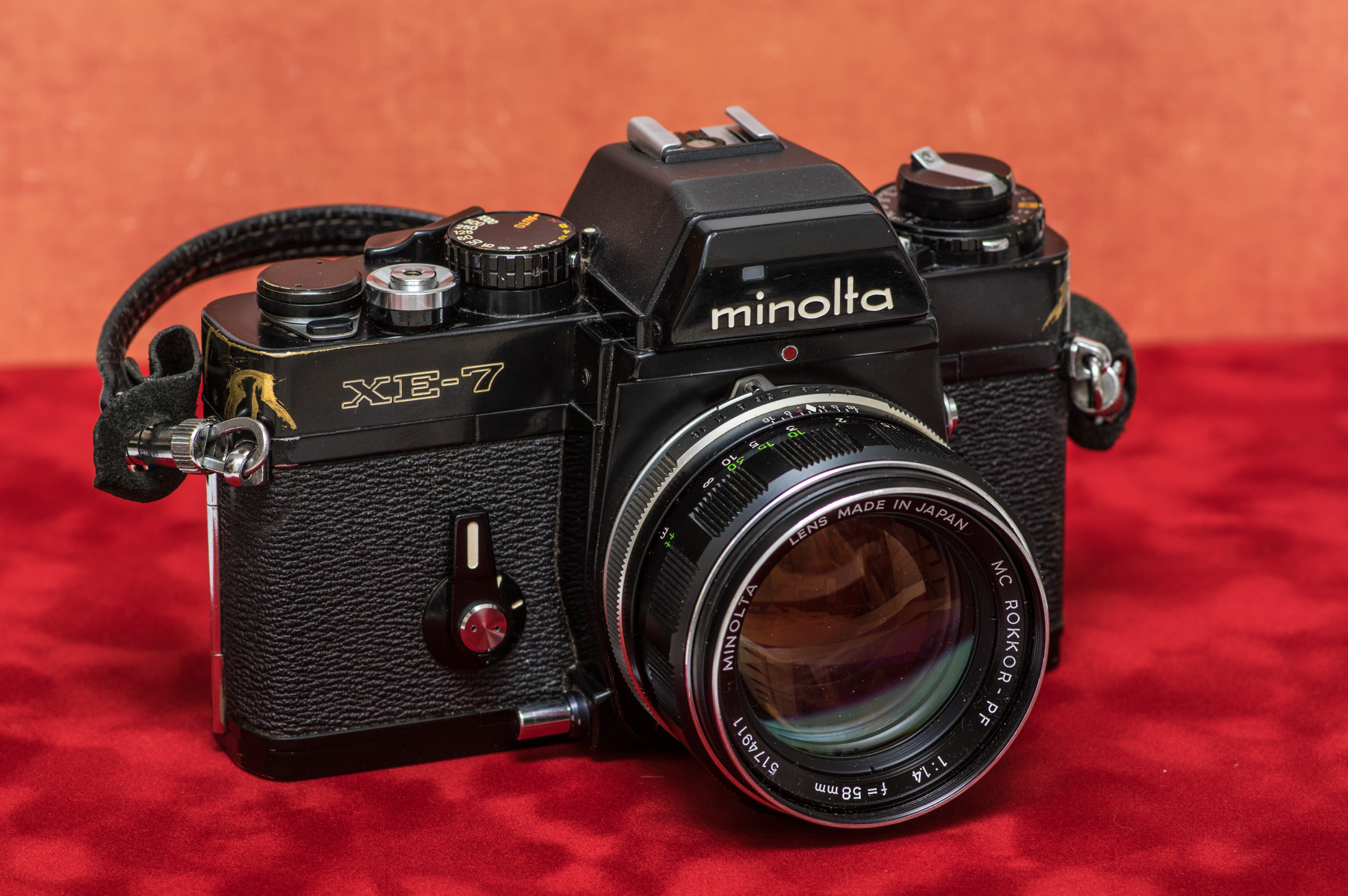
The Minolta XE-7 is one solid camera, you can see that its outer shell is made of brass where the paint has worn away. Brass not being know for its light weight qualities. But even though its a hefty camera that is offset by the feel and operation. Of all the cameras I have ever owned or used it has the single smoothest film advance that requires the least effort. Another nice touch is a small window that allows you to see the aperture setting from the viewfinder, this feature made its way into the later Minolta X-700 which was my first SLR. One drawback of its electronic shutter is that it requires batteries to operate through its range of 4 seconds to 1/1000 second, Bulb mode can be used without batteries though. Fortunately it uses two easily attained LR44 batteries for power. It also has a viewfinder blind to block stray light if you are using Bulb. The shutter on the camera is a “CLS” or Copal Leitz which was a joint venture between the Japanese and German companies and results in a very quiet shutter that appears to be just as accurate today as it was 40 years ago. Other things that this camera has that give it almost everything you could need in an SLR is depth of field preview, exposure compensation and even the ability to do multiple exposures. This is done after the first exposure by sliding the lever found at the base of the film advance clockwise until a little red dot is visible. Then cock the shutter, the film will not have advanced and you can take the second exposure. The multiple exposure lever will return to its original place. You can do this repeatedly, cocking the shutter and exposing the film by moving the multiple exposure lever prior to each shutter cocking. So if your willing to pack around a 775gram film camera (without a lens) this is close to as good as it gets.
As for the film it was some extremely expired Fuji HG100 film. Being around 20 years out of date I figured my best bet was to expose it 2 stops slower so I set the camera to 24ASA. Even then I don’t think hitting it with more light helped greatly. It was just fogged and had a weird colour shift. That’s okay I meant to do that.
no comments | posted in Cameras, Photography
Nov
25
2018

As this was my first go with the Konica Auto S3 I used some outdated Fuji 400 film just to make sure it worked and boy did it ever. Despite the film handicap I placed on the camera it gave some excellent results. The lens is 38mm f1.8 with 6 elements in 4 groups but its the smooth nature of the out of focus areas that I think make it great. This image being the best example of the look it produces at wide apertures.

As for flash photography the Auto S3 has a unique feature. Without a flash the camera operates as a shutter priority exposure system with a needle in the viewfinder indicating the aperture that will go with that shutter speed. However when you place a flash on the hot shoe there is a little lever that then switches the camera over to automatically select the aperture based on the focus distance. Of course this is intended to be used with a dedicated flash that had a fixed guide number. Fortunately the guide number can be set with the little button at the base of the lens from 22-180. So if you are using a fancy flash that can adjust its output set it to manual and then set the guide number for that flash on the S3. With a flash on the camera a green indicator (synchro mark) becomes visible in the viewfinder and points at the aperture that will be used. If you then adjust the shutter speed so that the aperture needle matches the synchro mark you will have balanced the metered light and the flash. With the Auto S3’s leaf shutter you can sync all the way to the maximum shutter speed of 1/500 second. This should allow for some interesting daylight flash techniques.
no comments | posted in Cameras, Photography
Nov
18
2018

Originally I had a Yashica Zoomate 140 SE but that was stolen out of my vehicle with a number of other nearly worthless cameras, jokes on you loser. What the SE offered over this plane 140 I’m not sure maybe ‘Summer Edition’ or ‘Sucks Emulsion’ I can’t actually complain too much about this camera because it produces decent images though a little soft and with some coma distortion in the corners as well as some pin cushion to boot. That does sound like complaining doesn’t it? You have to compare it against its rivals though and in that case as a compact telephoto point and shoot its decent. You can find some more details about the camera in the link I posted above and some images from this roll down bellow.
no comments | posted in Cameras, Photography
Nov
10
2018
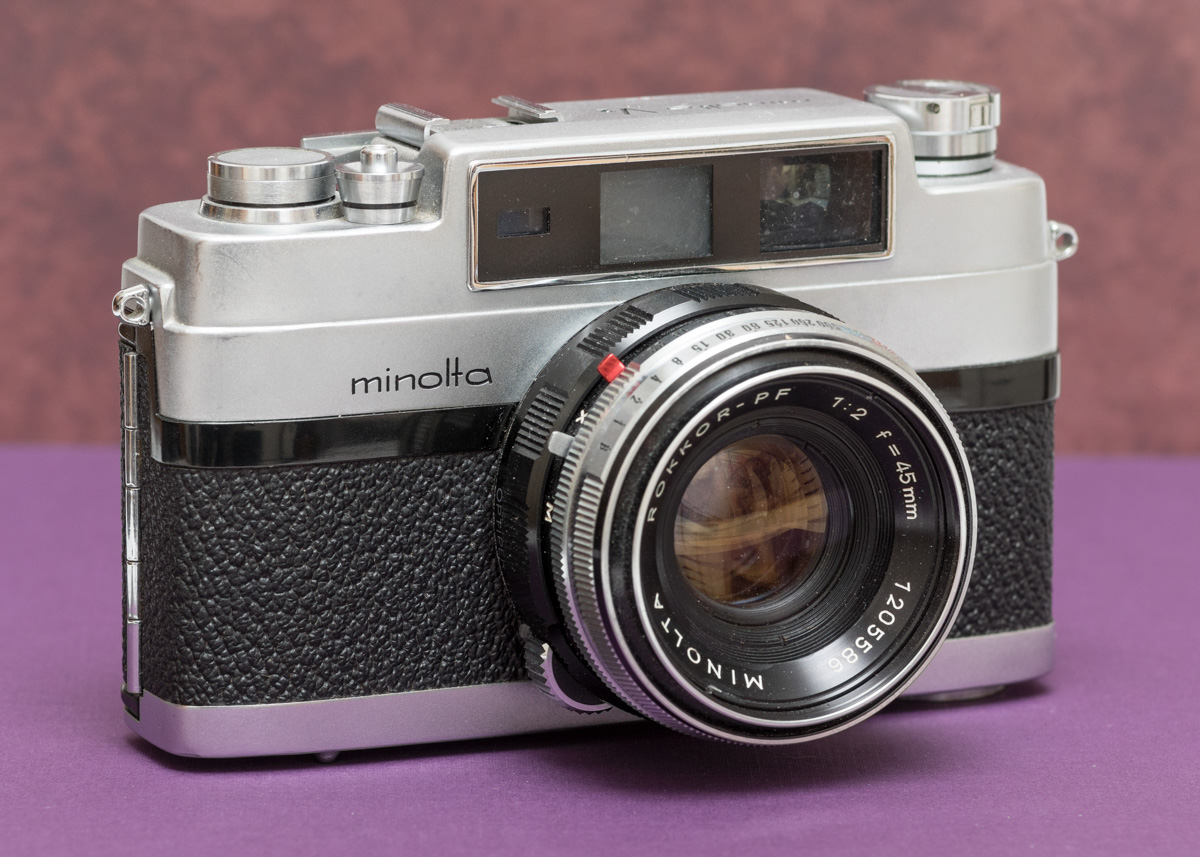
The Minolta V2 doesn’t have a light meter and that’s probably just as well because a 60 year old meter isn’t likely to be that accurate if it works at all. Setting the aperture and shutter for a certain light level then is up to you. There are a couple restrictions when you go over 1/500 of a second. At 1/1000 second the maximum aperture you can use is f4 and at 1/2000 it is f8 but if there is enough light for the film your using no other camera from the time comes close to as fast a shutter speed.
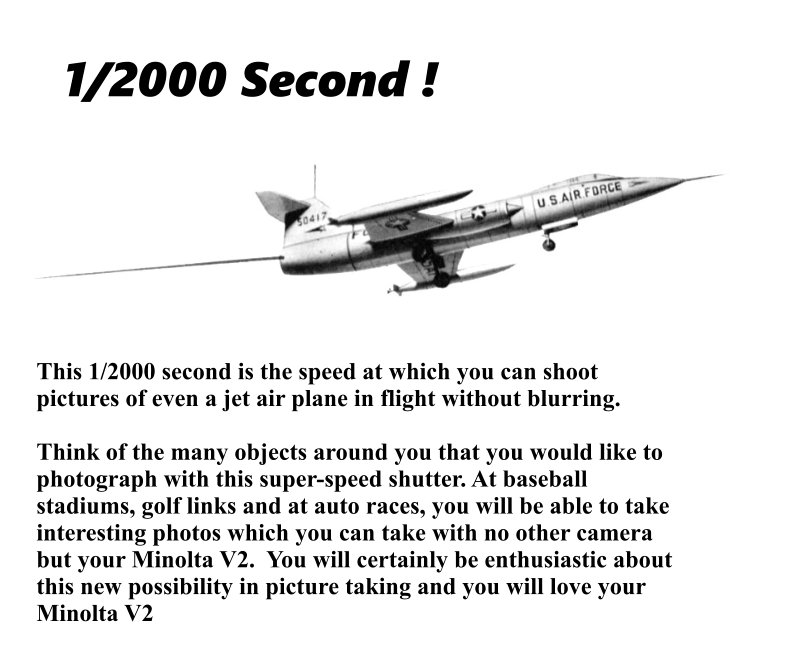
Of course they fail to offer any ideas as to how you are going to get close enough to a ‘jet air plane’ to take a picture of it in flight with a 45mm lens. (P.S. that’s a Lockheed 104 which was a supersonic jet from around 1958)
In addition to having a high shutter speed available the lens on the Minolta V2 is excellent not just for the time but even today. The maximum aperture of f2 is decently fast and the lens has very good correction of aberrations. In particular chromatic aberrations such as colour fringing around high contrast areas. Combing through the various rolls of film I have shot with this camera I cant really find an example of it.

no comments | posted in Cameras, Photography
Oct
28
2018
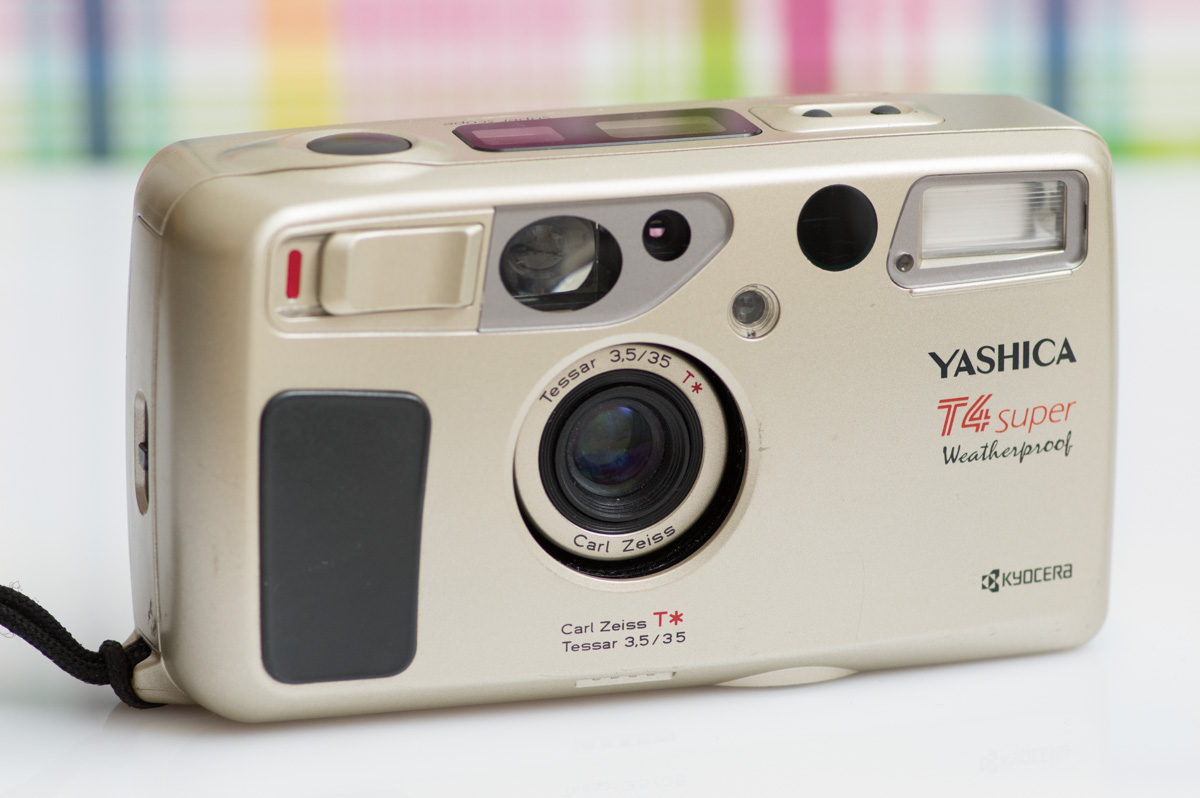
What can I say about the Yashica T4 super that hasn’t already been said somewhere? I would like to say that the certain fashion photographer that it is often associated with should be relegated to the dustbin of history and the camera restored to its rightful cult status based on its great Carl Zeiss lens. If you don’t know who I am speaking about do yourself a favor and don’t bother searching it (hint he’s accused of a multitude of sexual assaults). But the camera its great and was the last of the Yashica T* series. The first two the T* and the T2 are forgettable cameras while the Yashica T3 is a great camera that provides a particular look (vignetting) from its 35mm f2.8 lens.
I should mention that the film I used was expired Portra 100T (The T is for Tungsten) so you may be wondering why everything isn’t all blueish. Well during the scanning I must have corrected it out. It was far more subtle than I expected and I don’t really mind. It’s one of the perks of a film/digital workflow you can make a multitude of adjustments for whatever look you want.
One thing about one camera: The “Super Scope” on the top of the T4 is a good way to take pictures over the top of obstacles although composing with the camera held over your head with a reversed image takes some getting use to.
1 comment | posted in Cameras, Photography
Oct
13
2018
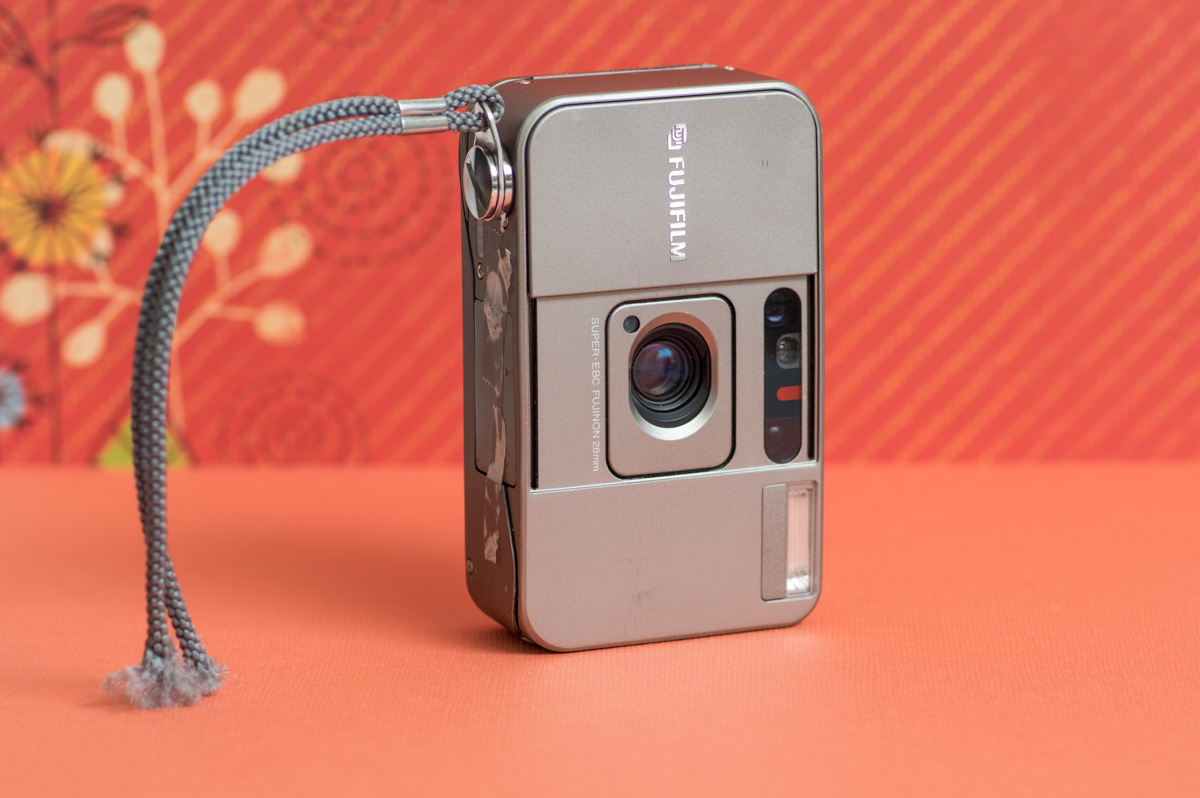
More about the Fuji DL Mini (Tiara) can be found in these links Verticals, Sardine Tin, Super Mini, Super Mini, Super Mini I’m starting to think that maybe I like this camera. It finds its way into a bag on almost every trip I take.
The primary reason is the fantastic 28mm f3.5 4 element lens and the controllability of the camera. For instance if you press the focus mode button to snap and then hold it in until snap stops flashing the camera is then set for snap focus from 1.3 to 3 meters and doesn’t reset after each frame. You can also set the camera to manual focus and then select a distance, how many point and shoots allow that? The shutter has a nice fast 1/800 sec. top speed and an adequate 1/2 sec slow speed. It has backlight compensation of +2EV and my favorite feature is its pocketability, its not as slim as the Olympus Stylus Epic but for cameras with 28mm lenses its one of the best.
The gallery of images were taken on a trip through Eastern Washington State using Agfa Vista 200 film.
no comments | posted in Cameras, Photography
Oct
6
2018
Dubious camera with dubious film = random results. When I reflect on it I’m constantly in a #shittycamerachallenge with myself. Of course I want to get something back or what is the point of taking a picture but I accept that by using cameras of suspect quality and film of unknown history I’m likely to get something unexpected. In this case its a weird pee colour cast and some strange stripes that bare some correlation to the sprocket holes but I’m not quite sure how or why. This camera is so coveted that now I cant seem to locate it in order to take its portrait for the blog post so in stead here is my incredibly accurate representation of it.

no comments | posted in Cameras, Photography
Sep
29
2018
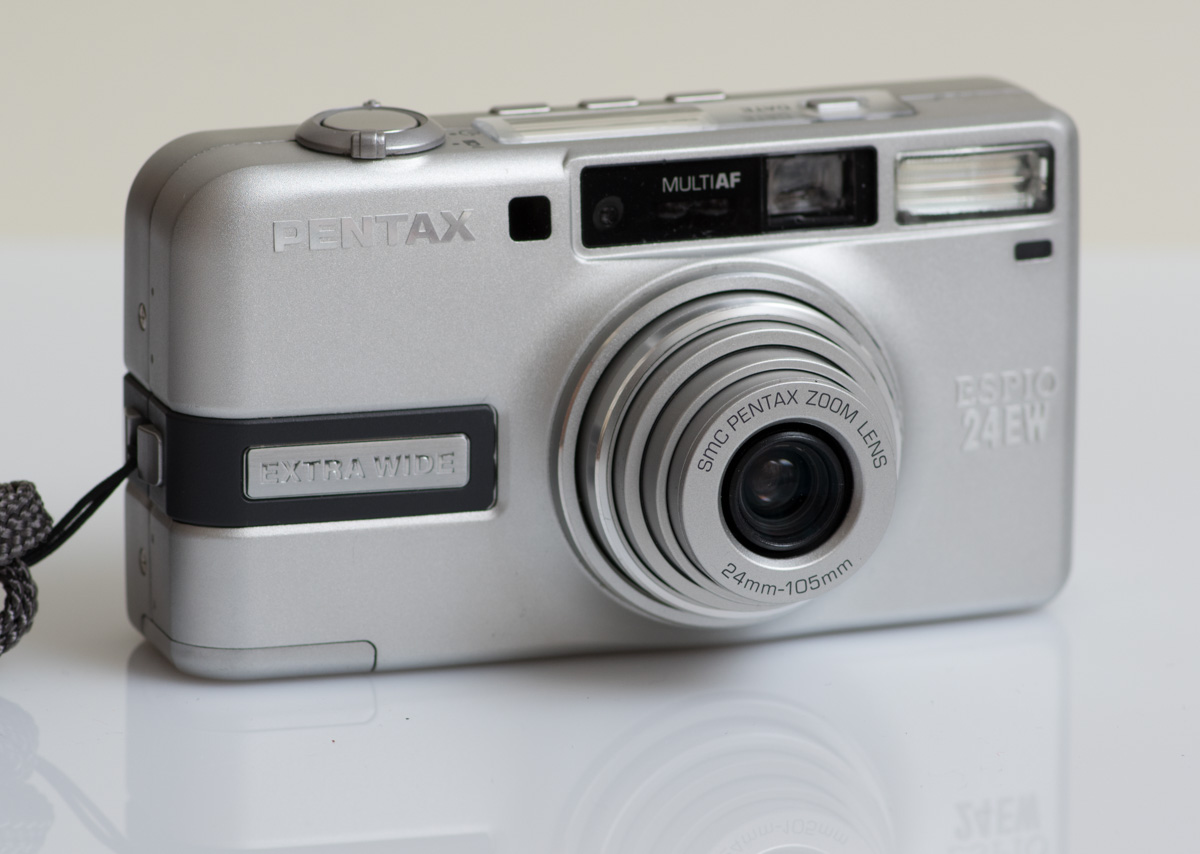
The lens on the 24EW is a smc PENTAX power zoom 24mm – 105mm F4.9-F12.5 lens; 7 elements in 5 groups. At this point in time many of the point and shoot digital cameras remaining on the market start at an equivalent focal length of 24mm but one has to remember that this camera does it across an entire 35mm film frame, well sort of its not exactly a stellar image quality performance in the corners or sides or away from the center but the mere fact that it exists is special.
Although I didn’t take advantage of it with this roll it will also focus down to just under 12inches at the 24mm setting so you should be able to get some unique macro shots not possible with other point and shoots.
As for the expired Kodacolor 200 and its long ago best before date this is the sort of grain it gave when taking an image of a hazy sunset.

More posts that reference this camera can be seen here Pentax 24EW
One thing about one camera: When you turn the Pentax 24EW on, it briefly displays the last date that a picture was taken before displaying the current date.
no comments | posted in Cameras, Photography
















